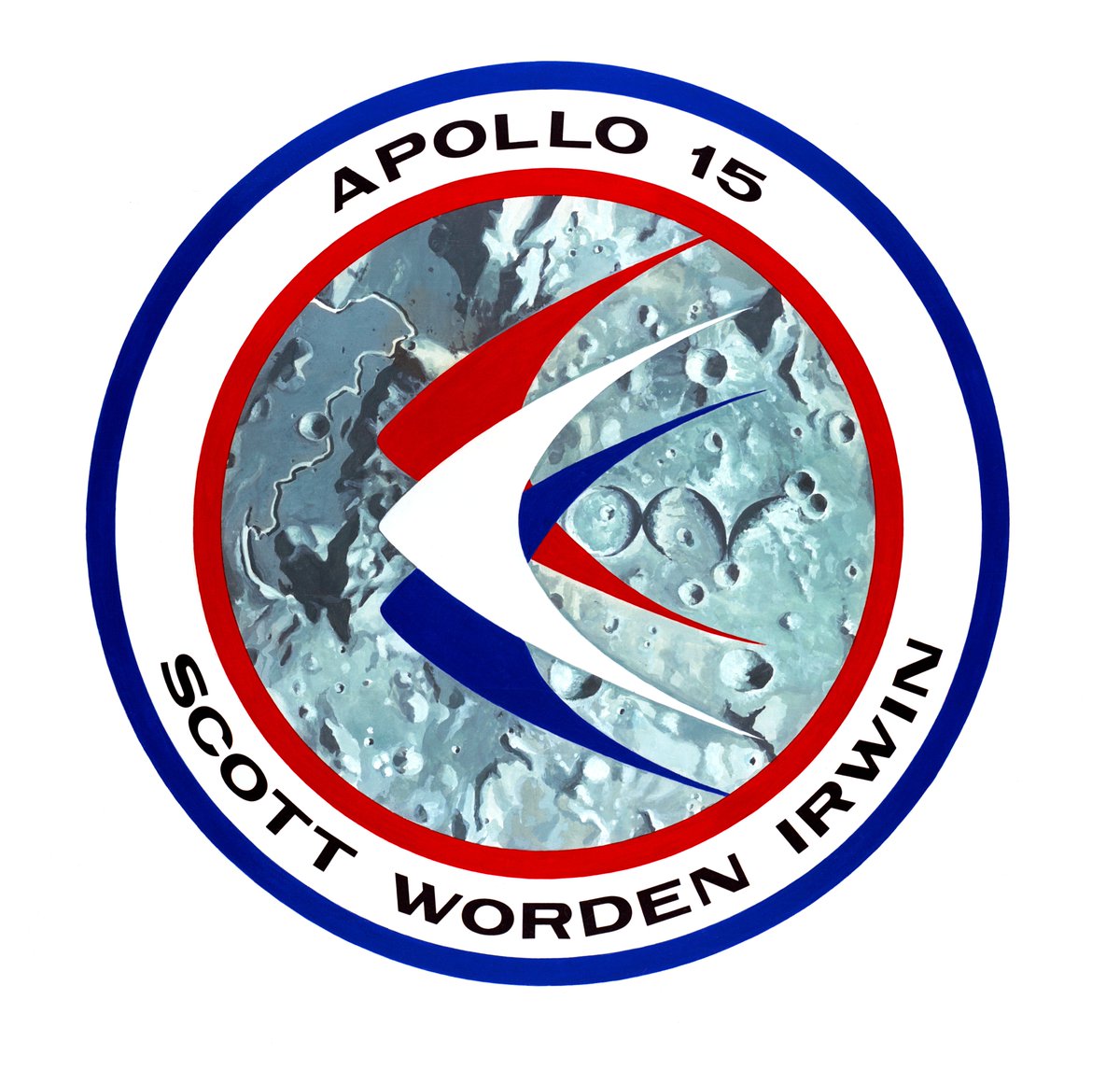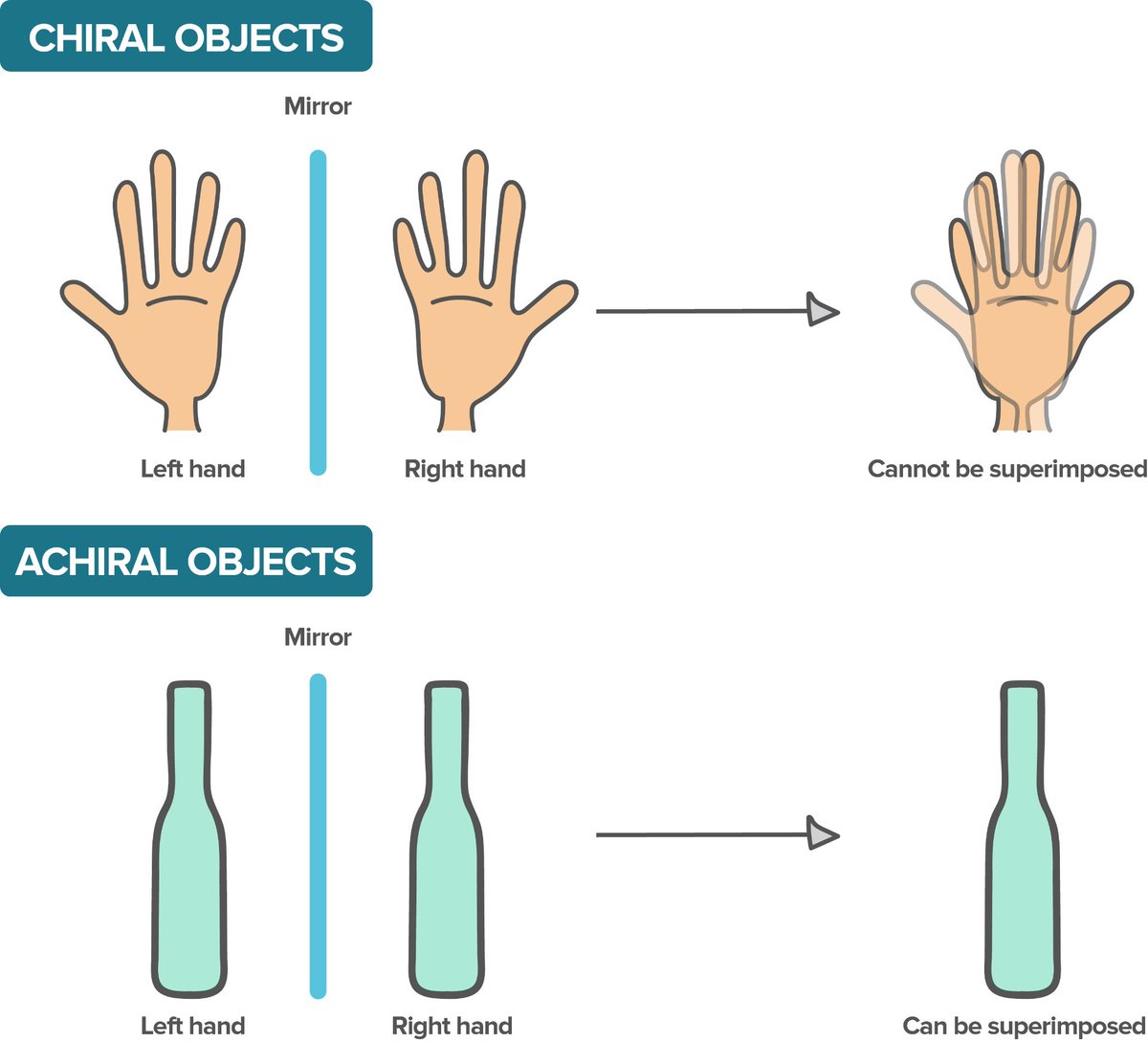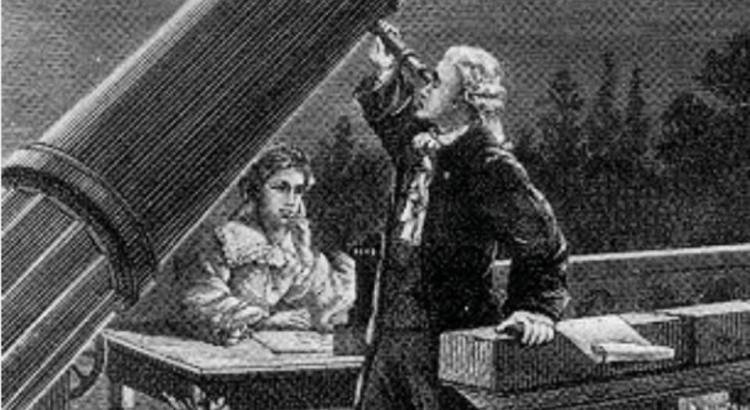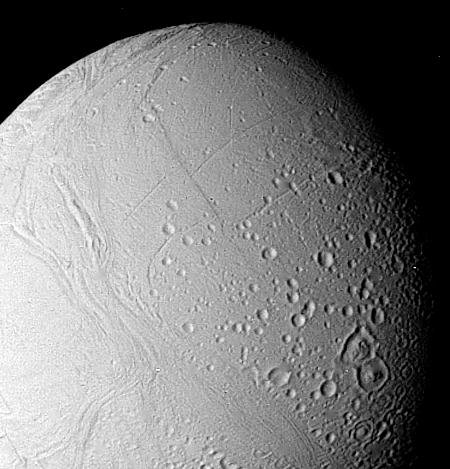
PEOPLE OF SPACE! I’m super excited to be hosting this week! We’ll be covering a bunch of topics that are near and dear to me including #space (obviously), astronomy, supernovae, radio astronomy, science communication, and MORE
🧵
#science #scicomm #spacetwitter #intro #Thread
🧵
#science #scicomm #spacetwitter #intro #Thread
But who is this random dude yelling at us about space?
Well the short version is that I’m a physicist who finished high school with every intention of becoming a lawyer - pictured is 19yo me not caring about science
#accidentalscientist #accidentalphysicist #throwback #SPACE
Well the short version is that I’m a physicist who finished high school with every intention of becoming a lawyer - pictured is 19yo me not caring about science
#accidentalscientist #accidentalphysicist #throwback #SPACE

For a slightly longer version you can check out this #thread I did on my @funfactscience account recently to reintroduce myself to #spacefam and any newcomers to my page
#introductions #spacetwitter #space
#introductions #spacetwitter #space
https://twitter.com/funfactscience/status/1483370366773116930?s=20&t=EVugcHxo6ZSNkHpsZQhL0w
A series of unfortunate events led me to totally reevaluate my life, ideals and #career.
At 22yo I started teaching myself #maths (thanks @khanacademy!) and enrolled in a preparatory program; that was the first time i ever did #physics or #calculus and this is how I studied🤓

At 22yo I started teaching myself #maths (thanks @khanacademy!) and enrolled in a preparatory program; that was the first time i ever did #physics or #calculus and this is how I studied🤓


Fast forward: I finished my BSc while #teaching part time and devoting the rest of my time to research.
Now I’m starting my honours at @Sydney_Uni and plan to start my #PhD next year.
And to think...10 years ago I didn’t know anything about #astrophysics
bit.ly/3GjOzvq
Now I’m starting my honours at @Sydney_Uni and plan to start my #PhD next year.
And to think...10 years ago I didn’t know anything about #astrophysics
bit.ly/3GjOzvq
This week I’m hoping to share my passion for the cosmos with you, while also maybe sharing a #funfact or two. The focus will be mostly on the wonders of space, what we know about it, and how we’re trying to figure out everything
#scicomm #learning #cosmos
#scicomm #learning #cosmos
Also we're going to be doing few #polls and some #AMA threads that we'll answer later in the week, so keep an eye out for tweets from me here (and on my main account @funfactscience)
• • •
Missing some Tweet in this thread? You can try to
force a refresh














